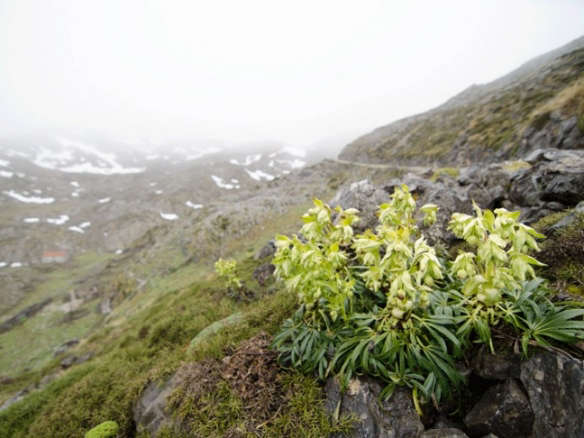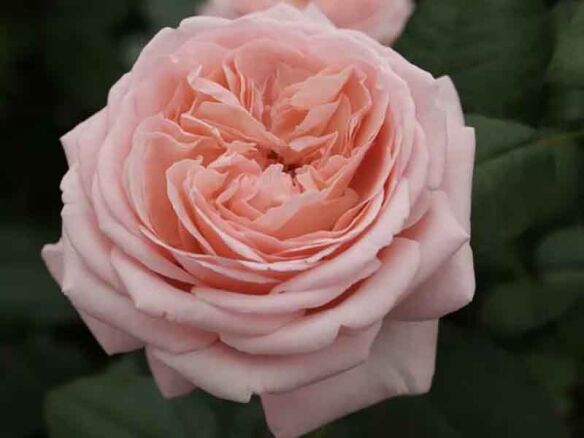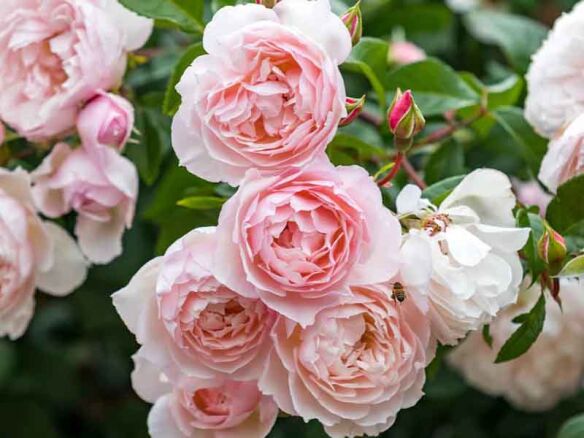Description from Evolution Plants
Ranunculaceae
“A rose by any other name would smell as sweet’, wrote the Bard. Complete nonsense, of course. The names we give objects deeply influence how we perceive them and vice-versa. Occurringfrom the Pyrenees to central Europe and from the UK, where it is the only hellebore speciesuncontroversially native, to the south of Italy, H. foetidus has the widest range of any hellebore species. Across this range it is variable but always instantly recognisable by virtue of itscaulescent (leaves are borne on a stem) habit and handsome, grey-green leaves, the three lobesdivided into many segments. It grows through the winter, providing structure and colour in thebleakest months and the large sprays of red-edged green flowers are a bonus in late winter andearly spring. They are produced in such abundance that plants often flower themselves todeath and they are the shortest-lived of hellebores, being adapted to colonise bare ground.
They will seed around, however, though gently. The name refers to the acrid scent of the crushed foliage, which is not generally noticeable.
– See more at: http://www.evolution-plants.com/details.php?k=310#sthash.qVkKuQi0.dpuf

















Have a Question or Comment About This Product?
Join the conversation (0)